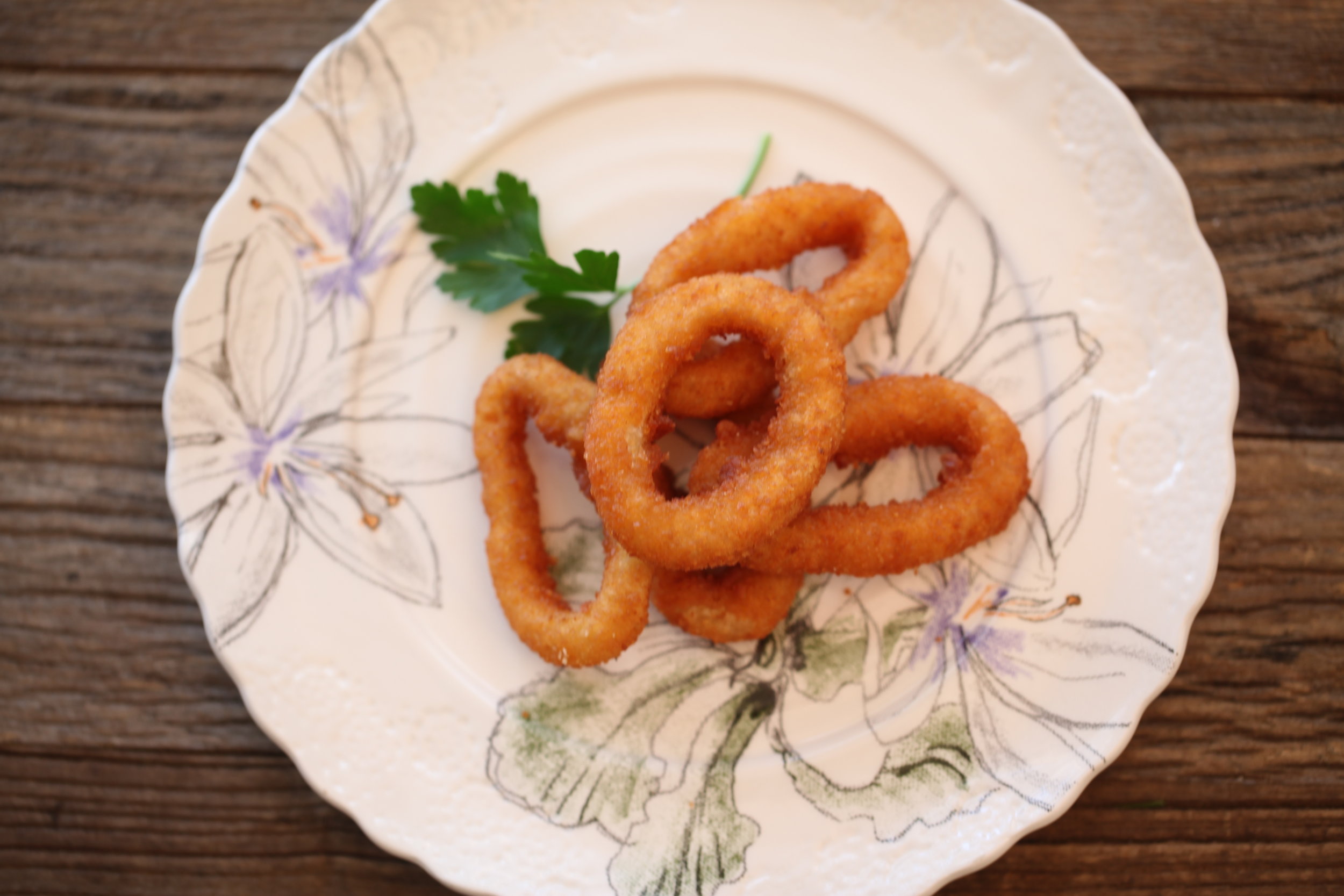A nutritional anthropologist is a professional whose basic aim is to understand how the well-being of humans is affected from evolutionary, behavioral, social and cultural perspectives,. Authors Sera L. Young and Gretel H. Pelto state that “as a discipline whose aim is to understand the human animal and its place in the natural order of things, a hallmark of anthropology is that its practitioners often engage in research that has the effect of making the familiar strange, and the strange familiar. For example, nutritional anthropologists examine practices in contemporary Euro-American societies that are taken for granted as simply “normal” or “natural” and reveal how culture-bound they actually are. The structure of meals, in which foods are served sequentially with soup first and dessert last, strikes people in other parts of the world as quite peculiar.”[1]
Today, the nutritional anthropologists belong to a class of fast-rising professionals ,called the corporate anthropologists. These individuals are social experts, consultants or social scientists who use a systematic discipline and research methodology to study and decode human behavior. Hence, decoding facilitates the development of a deeper understanding of the needs of both the company’s employees and customers.
Ultimately ,hiring nutritional anthropologists is perhaps the most important decision a company has to make. Their insights and systematic observation approach can do wonders for the company and its culture, internal politics, policies, and productivity. Since most of their work involve integrating multiple perspectives on human behavior and experience, nutritional anthropologists can create solutions and fix cultural challenges experienced by the company.
Traditional Company Culture: The Background Story
In a 2008 released report titled “The New Collaboration: Enabling Innovation, Changing the Work Place”, IBM recognized and argued an essential point that the old corporate model: encompassing exclusivity, hierarchy and solitude was no longer competitive in a globally interconnected world. Most organizational cultures are outdated, ineffective, and wanting. Now, with the advent of instant worldwide communication, essentially free information, and the ability of large numbers of people to organize and collaborate without hierarchy, creativity and innovation can move far more rapidly than it can through a traditional organization. And for the company to take its company culture to the next level, it is a necessity to hire an expert who’ll observe the mechanics of a company’s culture, draw conclusions, and implement the required adjustments to revitalize or reshape it. Here are three ways in which nutritional anthropologists are helping to do just that in corporations today.
Company Culture Challenge #1: Too Many Structural Layers
Most traditional corporations have too many hierarchical layers. The number of layers implies vertical complexity. With centralized and bureaucratic structures, they typically have more vertical levels than decentralized organizations. The trouble with all these layers is that they become stumbling blocks for effective communication. It slows down work processes, takes a longer time to solve problem, increases organizational costs, impedes performance, and may result in organizational failure. In a Chron article titled "The Disadvantages of Multiple Layers of Management”, Brian Bass argues that “the problem of communication within an organization with multiple layers of management is multifaceted. As an essential part of any functioning organization, these multiple layers can create multifaceted disadvantages. This organizational structure negatively affects communication by limiting the flow of information within the organization.”[2]
With a nutritional anthropologist on the payroll, strategically coordinated events begin to break down barriers and open up lines of communication among all levels of the company. Think of the nutritional anthropologist like a grandmother bringing the family together over a good meal and sparking relevant conversations consistently over a period of time. Through creative, original, surprising, and strategic tactics, a nutritional anthropologist facilitates groups and conversations that begin to deconstruct the communication barriers that are inherent in an organization with a large number of structural layers.
Company Culture Challenge #2: Slow Reaction to Internal and External Changes
In a competitive environment where fleet-footed rivals, finicky customers and changing landscape of technology and globalization drive the pace of change ever faster, companies need to be flexible and continually adapt the way they do business. It is only when the company adjusts to changes in culture and economic demands that it stands out and stays relevant. A crucial point in the growth and stability of a company is how it reacts to internal and external changes. Henk W. Volberda says that the deciding making process in firms is facing a pioneering frequency and amplitude of change in the economic environment. More than ever, they have to be reactive to the nature of the marketplace, well-informed as to the latest developments, and well-equipped to respond.[3] Through a systematic deep analysis of corporate culture, a nutritional anthropologist can use his or her skills to assist in building capacity for responsiveness and communication. Engaging all of the workforce to determine solutions and discussing necessary tools to facilitate change effectively and efficiently remain the ultimate goal.
Company Culture Challenge #3: Centrally-Maintained Authority
Centralized authority refers to a company structure where most of the major decision-making power and authority rests in the hands of a concentrated group of managers or supervisors. Often, this can improve consistency in decision-making, but it does also have drawbacks relative to decentralized authority where front line managers have more power. According to Neil Kokemuller, “An overly top-down organizational approach naturally prohibits creative thinking and innovative ideas from front line levels. More decentralized companies often promote new product and service ideas conceived by regular employees and conveyed through their managers to the top.”[4]
Today, a growing number of companies face the challenges of a central authority and are attempting to take steps to decentralize. With a nutritional anthropologist providing professional development for staff on every corporate level, there can be an assurance that leadership is strategically cultivated at all levels and that succession is assured.
At present, the globalization of business is creating new and unique situations for many companies which can give rise to new company culture challenges. This also means there are hosts of new needs for a corporation have the ability to observe, analyze, interpret, and create solutions which can help them to remain relevant in this fast paced world. Often times, the most innovative of these companies turn to a nutritional anthropologist to get the job done.
[1] Sera L. Young & Gretel H. Pelto, Core Concepts in Nutritional Anthropology, June 2012, Nutrition and Health Book Series, https://link.springer.com/chapter/10.1007/978-1-61779-894-8_25
[2] Bryan Bass, The Disadvantages of Multiple Layers of Management, Chron, http://smallbusiness.chron.com/disadvantages-multiple-layers-management-31118.html
[3] Henk W. Volberda, Change for change’s sake? Internal responses to external challenges, February 2014, Discovery: Research Impact, https://discovery.rsm.nl/articles/detail/17-change-for-changes-sake-internal-responses-to-external-challenges/
[4] Neil Kokemuller, Disadvantages of Centralized Authority, Azcentral, https://yourbusiness.azcentral.com/disadvantages-centralized-authority-7701.html







































